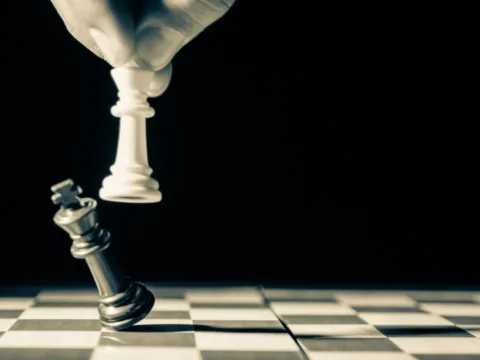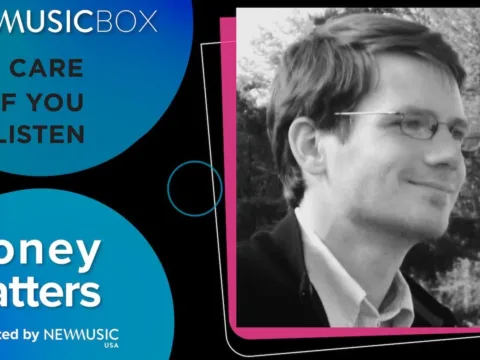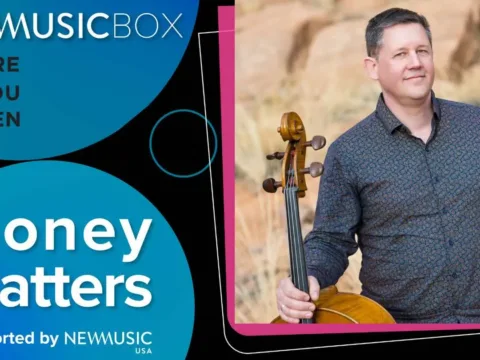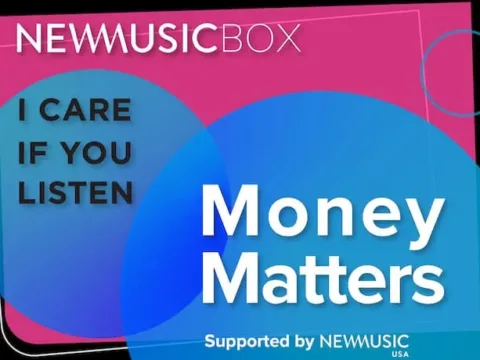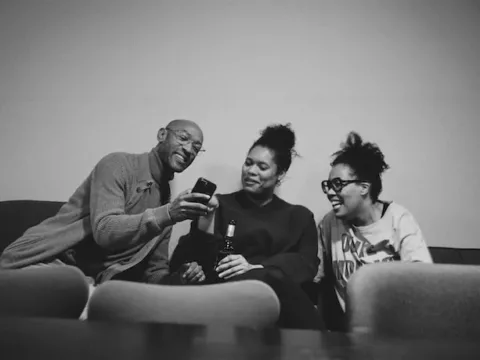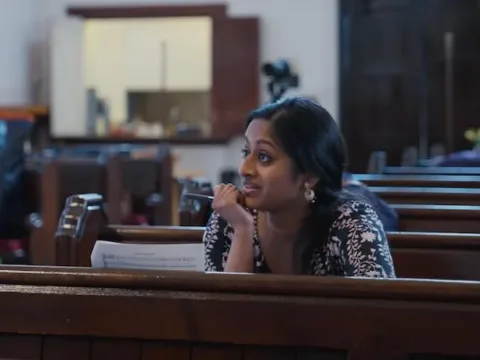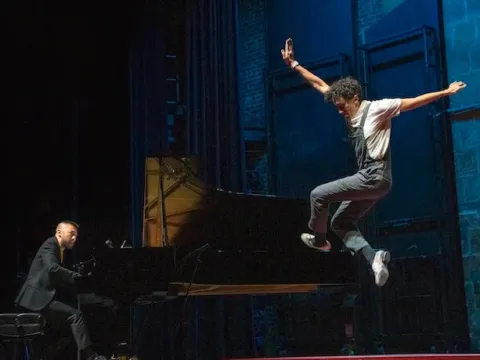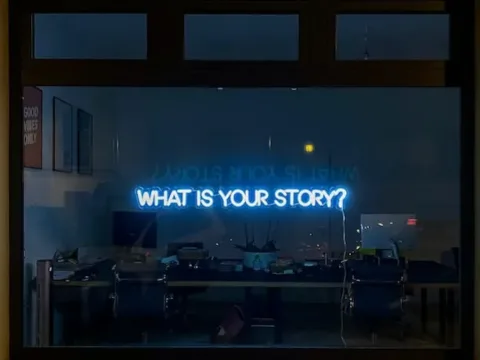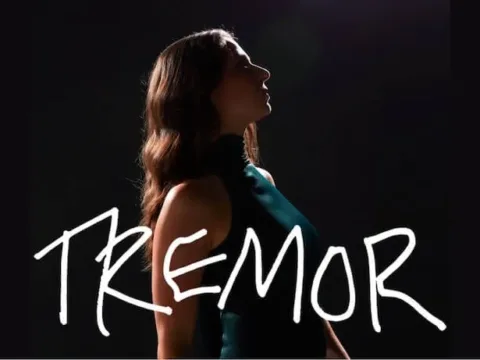“Out of Context” is a 10-part series that addresses the topic of cultural appropriation as it intersects with both Western European-based classical music and the broader social landscape. Commissioned by American Composers Forum and I CARE IF YOU LISTEN, the goal of the series is to offer information and diverse perspectives to those seeking to acknowledge historical context, honor cultural traditions that are not their own, and expand their sphere of knowledge with awareness and respect. A culminating collection of these articles and other resources will be shared for continued learning and dialogue.
In a recent article for NewMusicBox, Dave Molk observed that white-based musical discourse dominates music theory classrooms in the United States, and to overcome this singular worldview, we need a polystylistic classroom to begin to facilitate a deeper understanding of global music. This sentiment echoes current trends in the musical world about decolonization, including a panel discussion on global east Asian music research methods at the annual meeting of AMS/SMT in 2018, and redress strategies in the white-dominated portrayal of indigenous musical practice. According to The Oxford Companion to Politics of the World, despite the difficulty in defining the term, decolonization involves the recognition of former colonized states as independent, as well as how these states define new national identities and establish firm self-rule. To decolonize our understanding of non-Western art music, we need to limit the influence of the dominant white-based discourse and recognize that such music exists independently from the Western classical tradition.
While I fully recognize the need to celebrate global musical traditions and undo our bias towards Western art music, studying non-white music as indigenous traditions has the potential to limit how we understand the current state of musical diversity. Through reflecting on my own experience learning about Chinese music, I believe that world music cultures can assimilate Western influences without losing their ethnic characters; new ethnic sounds and traditions can emerge from intercultural dialogues. Despite our intentions to decolonize music discourse and diversify our musical community, I worry that the emphasis on traditional musical practices are furthering ethnic stereotypes and not recognizing the vitality of global cultures. Throughout this essay, “Western culture/music” will indicate white, European- and Euro-American-based culture/music.
My “traditional” Chinese music studies were influenced by Western cultures from the very first day I started learning pipa in 1999. The curriculum used by the Music Office, the government agency that provides affordable music education in Hong Kong, was modeled after the graded system developed by the UK’s Associated Board of the Royal Schools of Music. My method books used Western notation before eventually moving towards the standard repertoire contained in Chinese exam anthologies. These anthologies are notated in a numbered system, which is based on the 19th-century French Galin-Paris-Chevé method, yet another Western influence.
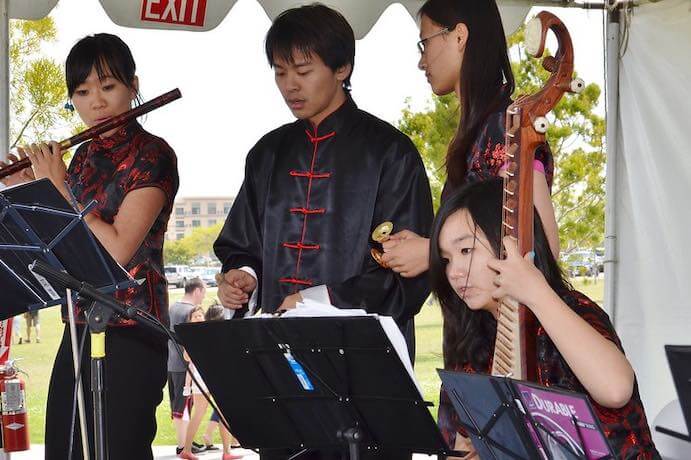
In my teenage years, I found the pipa music I was learning monotonous. Most of the pieces were either transcriptions of global folk songs and popular tunes or Chinese compositions written in the 1960s and 70s, all of which were comprised of similar formal structures and techniques. At the same time, I acquired a four-volume anthology of pipa repertoire by chance, which contained pieces from “antiquity” to the late-20th century. When I tried to sight-read the pieces from the collection, I was comfortable with sight-reading the more modern pieces, but had little stylistic knowledge about how to approach anything before the 1910s.
My lack of understanding of the “older” Chinese music tradition is the result of a century-long modernization effort. Since the May Fourth Movement, an early 20th century anti-imperial movement that advocated for modernization, musicians have been importing Western music systems into China. Beginning in the 1930s, leftist artists and Communists recontextualized folk songs from all around China as revolutionary propaganda. Mid-20th century Chinese compositions conformed to a ternary structure with a slow introduction. To this day, instrument makers continue to “improve” the timbre of Chinese musical instruments in order to satisfy the needs of Western-inspired orchestral settings. As a result, contemporary Chinese music is now arguably more akin to Western aesthetics than that of the ancient China.
Being bored with the formulaic sound, I spent my late-teen years exploring pipa repertoire written before the 20th century. My knowledge of Chinese culture, which mostly came from festivities and the classroom, was insufficient to understand the aesthetics demonstrated in these ancient pieces. Therefore, I have always considered myself to be “classically trained,” even as a pipa player.
When I came to the States to pursue my music studies in 2012, I was exposed to an unfamiliar display of Chinese culture. Most of the Chinese music performances happening off-campus were related to Asian-themed festivities, and Chinese costume were required when performing with Chinese ensembles. As a teenager in Hong Kong, I rarely wore Chinese costumes for performances, and my family didn’t wear Chinese-style clothes for festivities either. To me, the obligation to display traditional Chinese culture in American society seemed ceremonial, but there is a disconnect between these cultural displays and the living cultural practices back at home.
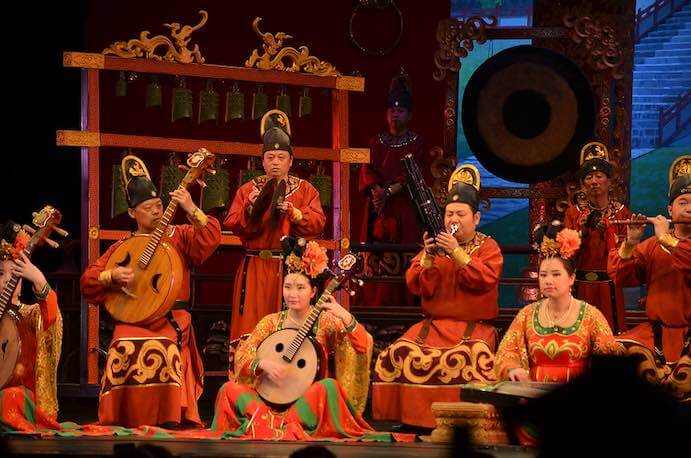
The way Chinese Americans introduced the repertoire to the audience also intrigued me. They loved using the phrase, “this is a very famous and traditional piece,” but the pieces I performed with these groups were most likely written or arranged in the 20th century. After six years of listening to that phrase over and over, I wondered what traditions mean and why Chinese Americans downplay the modern roots of these works.
Ethnic traditions can be constructed through repetition and nationalist strategies. Social scientists like Benedict Anderson and Anthony D. Smith have described how through mass dissemination and a compelling lore tracing one’s culture from ancient history, an ethnic group can form a shared identity with an imagined root. In the case of Chinese music, downplaying its modern origin has helped build a new tradition. State-supported musical institutions and publishers curate the exam anthologies, which are often the only collections of repertoire owned by instrument learners. In these authoritative publications, the composition dates and backgrounds are rarely stated, which helps canonize and construct the “timeless” nature of this body of work.
If we, the non-Western cultural practitioners, do not trace the origin of our cultural heritage and enjoy performing the established stereotypes, are we also appropriating the sounds we claim to own? For many Chinese music practitioners and teachers who are influenced by communist China, received a Chinese education, and use state-supported publications, their understanding of Chinese musical traditions is one that has been fabricated through appropriation by those holding political power, with the dominant Han group as the potential target audience. In the formation age of the communist state, colorful folk songs from minorities were collected and published with new Han-Chinese lyrics in order to promote revolutionary messages and unity across ethnic boundaries. Many instrumental works by the Han Chinese are also claimed to be inspired by diverse minority cultures and musical styles while conforming to the ternary formal structure with newly-composed melodies. By performing compositions and folk songs promoted by the regime without reflecting on nationalist history, we are merely furthering the nationalist tradition that we are taught to embody.
In the American context, these nationalist traditions become a display of ethnicity, even though the political implications are no longer relevant. As non-white musicians, continually performing our ethnicity through sounds and sights in culturally-themed settings can further ethnic stereotypes and distance minority cultures from the white mainstream. This also fails to recognize that non-Western music is constantly evolving, even more so in our digital age.
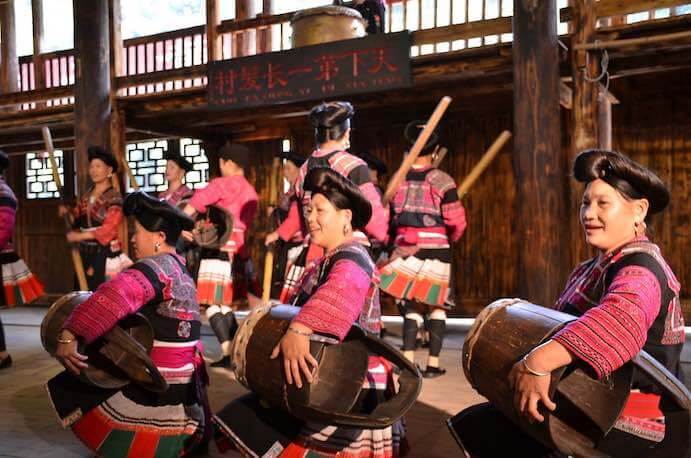
In his essay on cultural appropriation for NewMusicBox, Brent Michael Davids rose an excellent point about how Western music is considered universal and acultural. He states that minorities’ presence in Western musical circles can create “mutual culture sharing and a process of balanced acculturation.” Though we are trying to undo the neutralization, or whitewashing, of Western classical music, tracing non-white cultures directly to antiquity and mythology fails to acknowledge the fact that non-Western music has evolved over time and assimilated influences. This also fails to establish a cultural discourse that sees all cultures as equal with fluid boundaries.
To reclaim the values of non-Western music cultures in our society, I wonder if, rather than seeking historical legitimacy, we should acknowledge how Western culture has infiltrated and altered the cultural and ethnic discourses in non-Western groups in the modern era. Colonization happened, and I doubt the impact of hegemonic Western culture can be undone just by decolonizing our discourse. Revitalizing non-Western music traditions requires us to understand how the cultural practice in its current state–not the established ethnic clichés–can find relevance in the contemporary cultural settings.
[Tweet “Colonization happened, and I doubt the impact of hegemonic Western culture can be undone just by decolonizing our discourse.”]
I hope to advocate for allowing non-white classical musicians to be whoever we want to be, as Davids has suggested. Our cultural identities are constantly in dialogue with other cultures, and our expressions of ethnicity are also evolving. We should not have to “play the ethnic card” and display the preserved traditions and stereotypes that are imposed on us in order to gain the attention that we already deserve. Bringing non-Western music practitioners closer to center stage does not mean highlighting us in culturally-themed events, but allowing us to flourish in daily music making like our white counterparts and seeing our work as part of the greater global culture.



